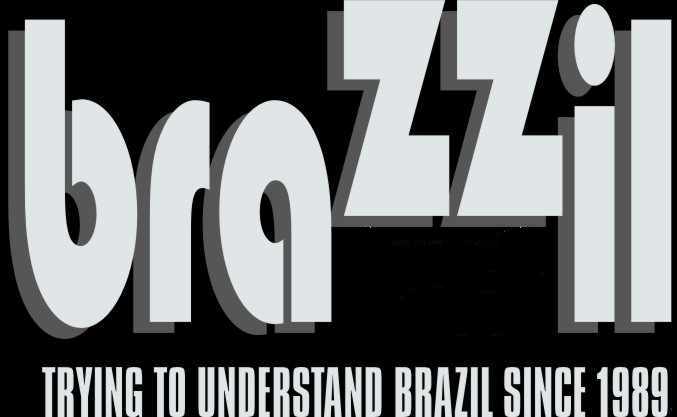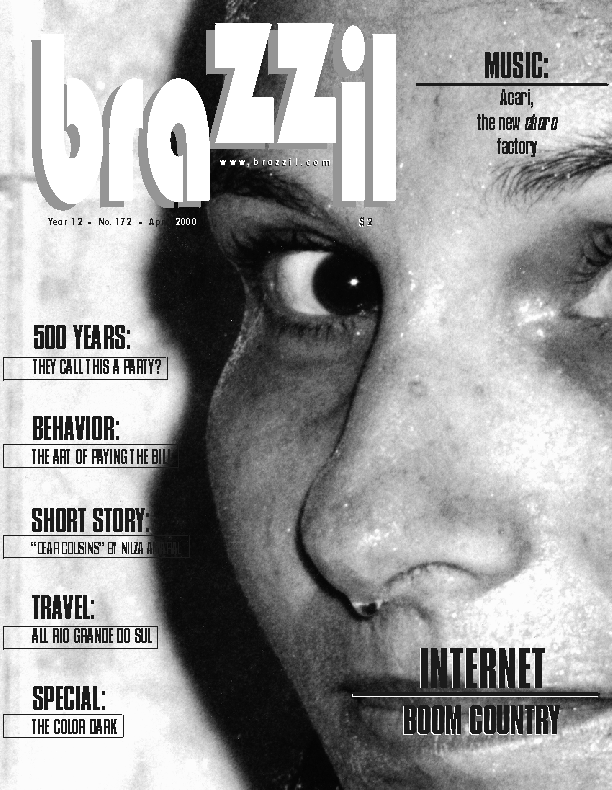This week one of Brazil’s chief partners in the fight against racial inequalities urged the country to diversify the affirmative action models used in government policies.
Carlos Lopes, coordinator of the UN system and representative of the United Nations Development Program (UNDP) in Brazil, believes that Brazilians continue to confine themselves to copying American models in projects for racial inclusion.
“The Brazilian government has adopted a series of measures that demonstrate an interest in the promotion of racial equality. But it needs to act more comprehensively, on the basis of the experience of such countries as South Africa, Malaysia, and India,” he suggests.
Lopes is one of the speakers at today’s international seminar, “Promoting Racial Equality: A Dialogue on Policies,” in Brasília.
“The word ‘quota’ itself is very controversial, as is the concept. The focus should be broader. It is necessary to search for asymmetrical policies that favor historically disadvantaged groups,” he added.
In the United States, setting aside places for black workers in companies or black students in universities is a legal requirement imposed by the government.
The more comprehensive asymmetrical policies to which Lopes refers even include official financing. In South Africa, for example, the government gives fiscal incentives and credit to companies that promote the inclusion and retention of blacks in the labor market.
New affirmative action models are the object of intensive evaluation in the UN this year, designated as the year of promoting racial equality.
Parallel to the debates, the UN is developing projects in countries such as Brazil, where, in conjunction with the British Development Department and the Secretariat of Policies for the Promotion of Racial Equality (Seppir), the UNDP is sponsoring a campaign against institutional racism, providing guidance to businessmen, administrators, and workers.
Another area in which this partnership functions is in the preparation of studies on the theme.
In 2004, with support from the UNDP, the Federal University of Minas Gerais did a racial breakdown of data compiled from the Brazilian Institute of Geography and Statistics (IBGE) and the National Residential Sample Survey (Pnad).
The studies show that blacks (blacks and mulattoes) constituted 39.5% of the Brazilian population in 1976 and 57.6% of the poorest segment. A generation (25 years) later, the situation hadn’t changed: in 2001, blacks formed 46.1% of the population and 69.6% of the poorest segment.
Agência Brasil





